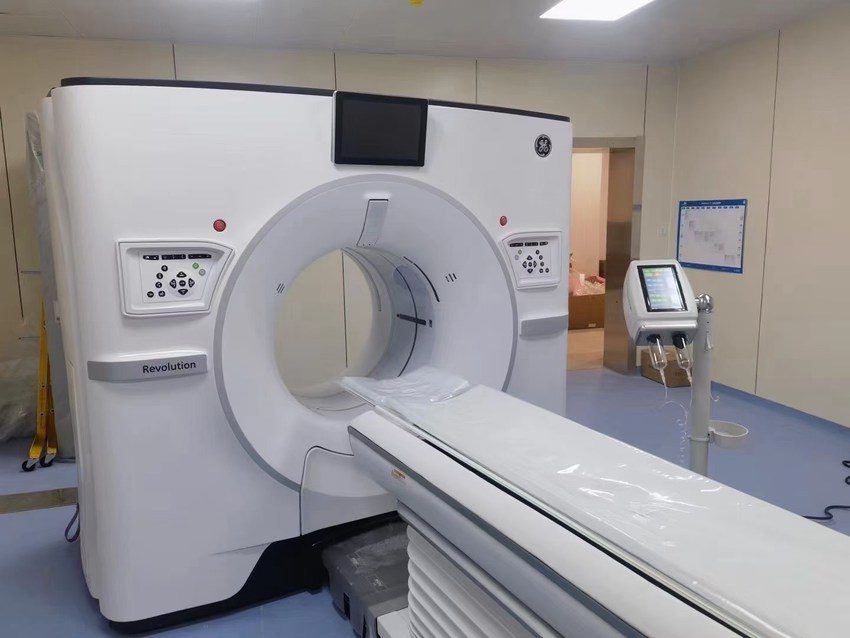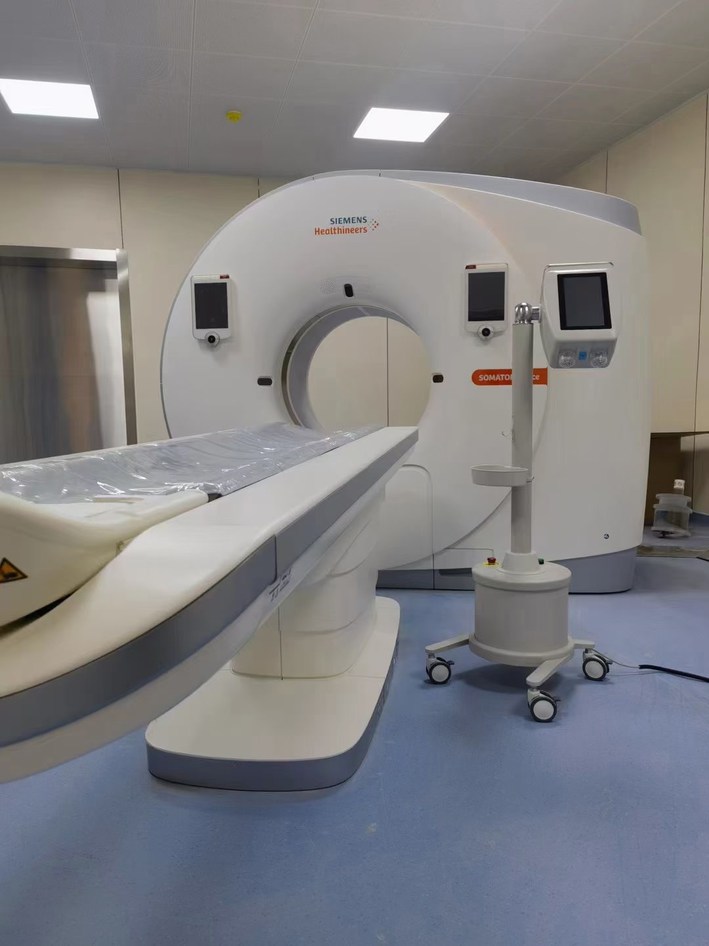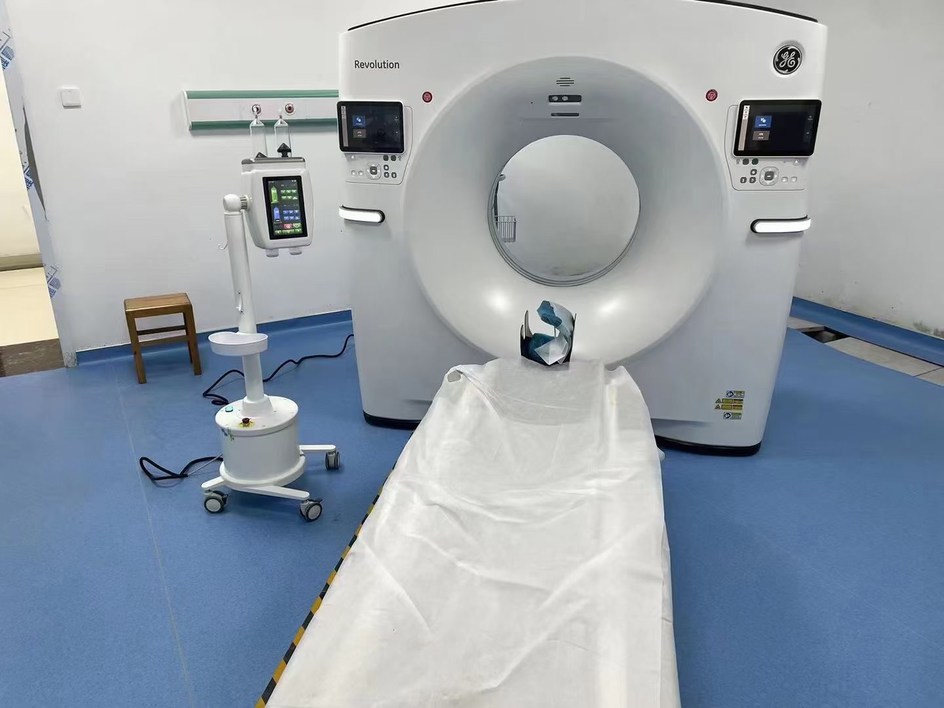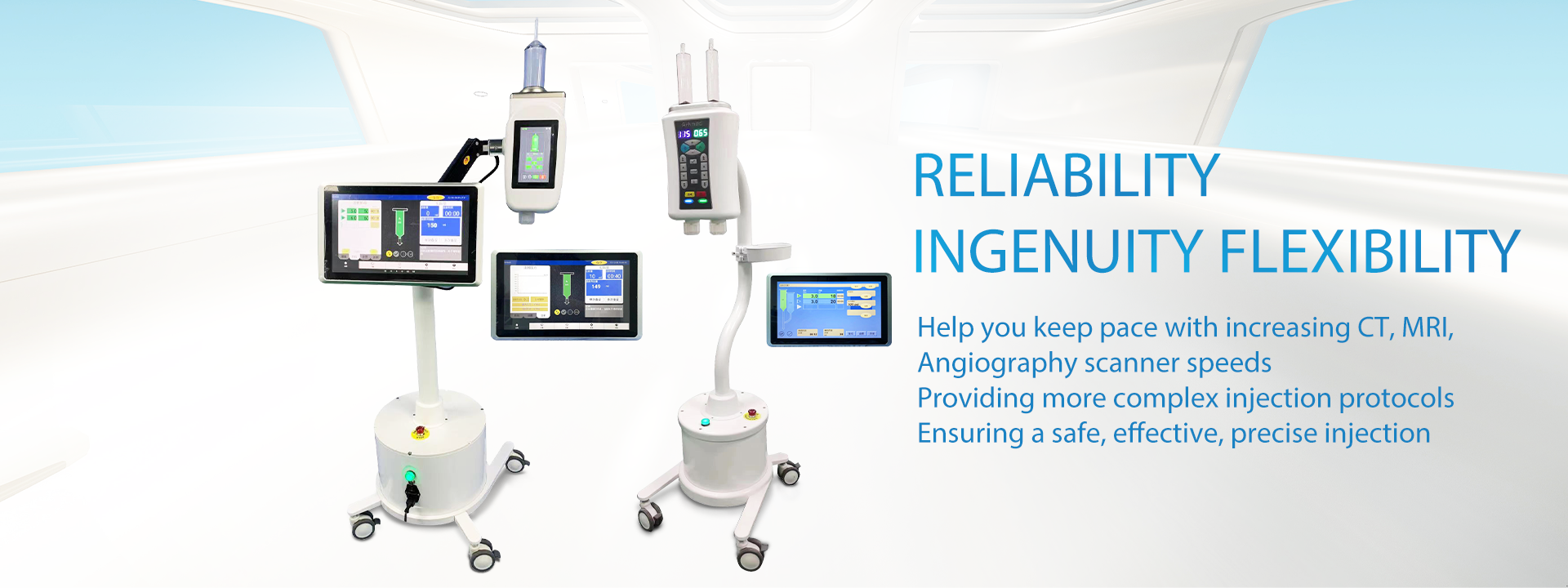Radiological imaging is critical to complement clinical data and support urologists in establishing appropriate patient management. Among different imaging modalities, computed tomography (CT) is currently considered the reference standard for the evaluation of urological diseases due to its wide availability, fast scan time, and comprehensive evaluation. In particular, CT urography.
HISTORY
In the past, intravenous urography (IVU), also called “excretory urography” and/or “intravenous pyelography,” was primarily used to evaluate the urinary tract. The technique involves a first plain radiograph followed by an intravenous injection of a water-soluble contrast agent (1.5 ml/kg body weight). Afterwards, a series of images are acquired at specific time points. The main limitations of this technique include two-dimensional assessment and missing assessment of adjacent anatomy.
After the introduction of computed tomography, IVU has been widely used.
However, only in the 1990s, with the introduction of helical technology, scan times were greatly accelerated so that large areas of the body, such as the abdomen, could be studied in seconds. With the advent of multi-detector technology in the 2000s, the spatial resolution was upgraded, allowing identification of the urothelium of the upper urinary tract and bladder, and CT-Urography (CTU) was established.
Today, CTU is widely used in the evaluation of urological diseases.
Since the early days of CT, it has been known that X-ray spectra of different energies can distinguish materials of different atomic numbers. It was not until 2006 that this principle was successfully applied to the study of human tissue, eventually leading to the introduction of the first dual-energy CT (DECT) system into daily clinical practice. DECT has immediately demonstrated its suitability for the assessment of urinary tract pathological conditions, ranging from material breakdown in urinary calculi to iodine uptake in urological malignancies.
benefit
Traditional CT protocols typically include precontrast and multiphase postcontrast images. Modern CT scanners provide volumetric data sets that can be reconstructed in multiple planes and with variable slice thickness, thus maintaining excellent image quality. CT urography (CTU) also relies on the polyphasic principle, focusing on the “excretion” phase after the contrast agent has filtered into the collecting system and bladder, essentially creating an IV urogram with greatly improved tissue contrast.
LIMIT
Even if contrast-enhanced computed tomography is the reference standard for initial imaging of the urinary tract, inherent limitations should be addressed. Radiation exposure and contrast nephrotoxicity are considered major drawbacks. Reducing radiation dose is extremely important, especially for younger patients.
First, alternative imaging modalities such as ultrasound and MRI must always be considered. If these technologies cannot provide the requested information, action must be taken per CT protocol.
Contrast-enhanced CT examination is contraindicated in patients allergic to radiocontrast agents and patients with impaired renal function. To minimize contrast-induced nephropathy, patients with a glomerular filtration rate (GFR) less than 30 ml/min should not be given contrast media without carefully weighing the risks and benefits, and should be used with caution in patients with a GFR in the range 30 to 60 ml/min in patients.
FUTURE
In the new era of precision medicine, the ability to infer quantitative data from radiological images is a current and future challenge. This process, known as radiomics, was first invented by Lambin in 2012 and is based on the concept that clinical images contain quantitative features that may reflect the underlying pathophysiology of the tissue. The use of these assays could improve medical decision-making and find space particularly in oncology, allowing, for example, the assessment of the cancer microenvironment and influencing treatment options. Over the past few years, many studies have been conducted on the application of this method, even in the evaluation of urothelial carcinoma, but this remains the prerogative of research.
——————————————————————————————————————————————————————————————————————————————————————-
LnkMed is a provider of products and services for the radiology field of the medical industry. The contrast medium high-pressure syringes developed and produced by our company, including CT single injector,CT double head injector,MRI injector and angiography contrast media injector, have been sold to about 300 units at home and abroad, and have won the praise of customers. At the same time, LnkMed also provides supporting needles and tubes such as consumables for the following brands: Medrad,Guerbet,Nemoto, etc., as well as positive pressure joints, ferromagnetic detectors and other medical products. LnkMed has always believed that quality is the cornerstone of development, and has been working hard to provide customers with high-quality products and services. If you are looking for medical imaging products, welcome to consult or negotiate with us.
Post time: Mar-20-2024












